Hidden Patterns is the title of the exhibition that shows important projects from the internationally known network researcher Albert-László Barabási. The Hungarian physicist has been researching networks for 25 years, dedicated to find (mostly invisible) connections between things and to discover recurring patterns between nature, society, language and culture. The exhibition opens on the 9th of October in the Ludwig Museum Budapest and features many exciting works including data sculptures, network maps, and a global artistic network that also includes Hungarian contemporary art. We asked Albert-László Barabási about how science and visual arts are connected, and what we can expect from the exhibition.
The exhibition Hidden Patterns is basically an intersection of physics and visual arts, which is interesting because you also wanted to be a sculptor before deciding for physics. How did your love for arts start?
My father had a folk art school in Csíkszereda, and I loved to hang out at my parents’ workplace. One day I walked in visual artist Ernő Ferenc’s workshop. It was a huge inspiration. I started to create things from wood and stone, and then clay. It was a very exciting time. Later I had to admit that I will not be able to attend a university for visual arts. Back then in Romania, only five student places were open for sculptors. But I was also good in physics, so I went in that direction.
What brought you to the study of networks?
10 years later I lived in New York and worked for IBM. I was curious about what the company was exactly doing. I borrowed an IT textbook and started to read on computer networks. Then I reflected on what kind of complicated networks hold New York together.
So you did it through self-education?
Scientists usually educate themselves, as science is about discovery, and discovery is about arriving at unknown territories. My colleagues did not understand for a very long time how a physicist can be interested in network studies. Looking back, it is clear that the language and the toolkit to understand networks is very much embedded in statistical physics, which is my field.
Nowadays, artificial intelligence is one of the most intriguing part of information technology, which can bring huge changes for science and everyday life. How did it influence network studies?
Technical possibilities are developing all the time, and AI is a new tool for us to use in the lab. With its help, we can put very huge and complex networks in space in a much more exact way. But for us, AI is not a central research topic within network studies.
How did you get the idea for an exhibition?
Two years ago I requested the designer of the lab to collect network theory visualisations from the last 20 years that they have done there. Our original goal was to create an archive, but then we saw how exciting the material was. Then I showed it to friends in the artistic scene, and they all loved it. We did not intend to publish 99% of the visualisation work. Apart from a few examples, they did not have a proper place in the scientific consensus, so they could not have been published. Then I met Csaba Káel who informed the Ludwig Museum about this, and it turned out that the director was interested anyway. He had wanted to contact me months before he got to knew about this project. I am very happy to present it for the audience of Ludwig Museum for the first time, and then it will be presented in Germany as well.

Science is based on rules and regularities whereas arts are dominated by feelings and impressions. Where do these two seemingly totally different domains meet?
I do not think modern art is based on emotions, especially if you think about concept art, the one that I like very much. It can be just as specific and clean as mathematics. At our exhibition, the two domains of aesthetics and of the inner complexity of thoughts will meet.
What can we expect from the exhibition?
Audience can see inner images and patterns that are characteristic to networks. The main reason to organise this exhibition is that the whole concept is impossible to verbalise, so I cannot really talk about it. I have been writing publications that are published both in Hungary and abroad, so some might be familiar with my work already, but it is still very hard to imagine how complex a network can be. Finally we managed to visualise and expose that. For those who have never heard about networks, it can still be a great visit to an exhibition, but if you already have some basic knowledge, it will surely be a very special experience!
The exhibition features the Hungarian artistic network alongside a global one, depicting the complex relationships between artists and institutions. What does this mean exactly?
A professional team joined us to map the Hungarian artistic network, collecting all news about exhibitions at first, and on the basis of that, we created reconstructions of artistic careers based on the data. This revealed a lot about hidden connections between artists, institutions and curators, and what we show here can be interpreted as a general depiction of the contemporary Hungarian art scene. It is important to note that this is not about deciding who is a good painter or sculptor, but more like what the audience – including visitors of our exhibition – can see from their works. But I hope that both fans and professionals will enjoy it.
Whom would you recommend the exhibition?
Those who like arts and who are keen to see a visual language that differs from everything they might have seen in the Ludwig Museum before. It can also be exciting for people who are interested in this topic from the scientific angle.
Interview: Zsolt Várkonyi
Translation: Zsófia Hacsek

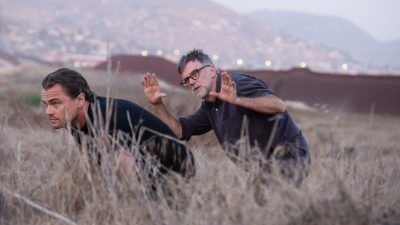
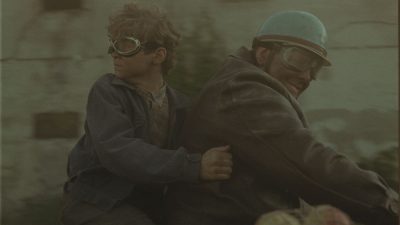

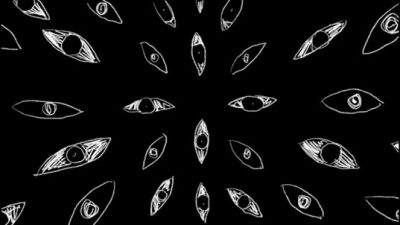


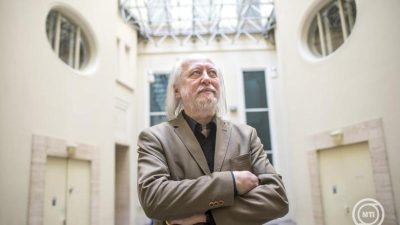





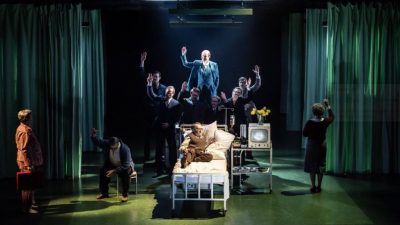
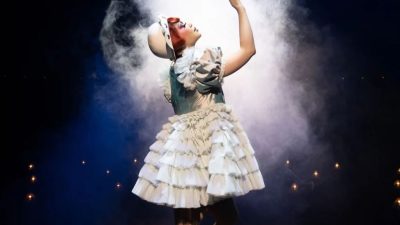
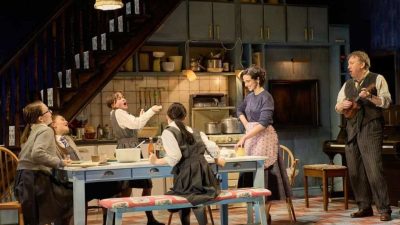
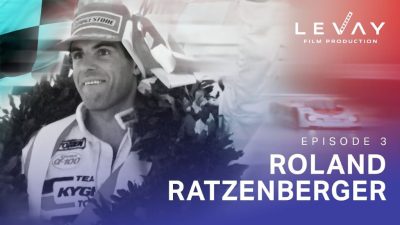





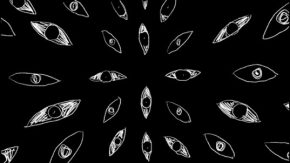
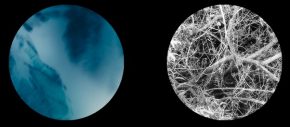

Comments